While cats and dogs may reign supreme in the pet popularity contest, a fascinating subset of animal lovers has turned to invertebrates for companionship. Pet bugs, with their minimal space requirements, distinctive behaviors, and often surprisingly long lifespans, have carved out a dedicated niche in the exotic pet community. From meditative mantises to colorful crawlers, these tiny creatures offer unique opportunities to observe natural behaviors up close. In this article, we’ll explore the most beloved bugs that have made their way from the wild into carefully crafted terrariums around the world, along with the fascinating and sometimes downright bizarre behaviors that make them so captivating to their human caretakers.
Stick Insects: Masters of Disguise

Stick insects, belonging to the order Phasmatodea, rank among the most popular invertebrate pets due to their gentle nature and remarkable camouflage abilities. These fascinating creatures have evolved bodies that mimic twigs, leaves, and branches so effectively that they can remain motionless for hours, blending seamlessly into their surroundings. Some species, like the Indian stick insect (Carausius morosus), are particularly favored by beginners for their undemanding care requirements and docile temperament. Their quirky behaviors include a defensive swaying motion that mimics branches moving in the wind when they feel threatened, adding another layer to their impressive disguise repertoire. Female stick insects can reproduce parthenogenetically, meaning they can lay viable eggs without mating—a fascinating biological trait that often surprises new owners when they suddenly find baby stick insects appearing in their terrarium.
Praying Mantises: The Contemplative Predators
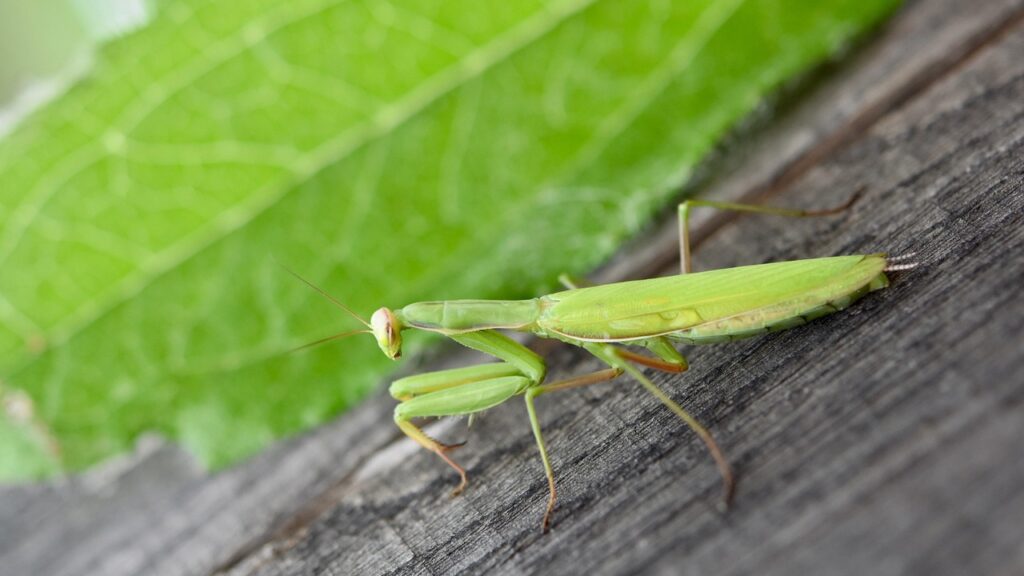
Praying mantises have developed a dedicated following among bug enthusiasts thanks to their alien-like appearance and remarkably interactive personalities. These carnivorous insects are named for their distinctive front legs, which are held in a position resembling prayer but are actually specialized hunting appendages. Mantids possess the unique ability to turn their triangular heads nearly 180 degrees, allowing them an extensive field of vision that helps them track both prey and potential threats. Many mantis keepers report that their pets seem to recognize them and will follow their movements with obvious interest, sometimes even reaching out toward their caretakers when they approach the enclosure. Perhaps most fascinating is their hunting behavior—mantises remain perfectly still before striking with lightning-fast precision, capturing prey with their specialized forearms in a fraction of a second.
Madagascar Hissing Cockroaches: Vocal Exotics
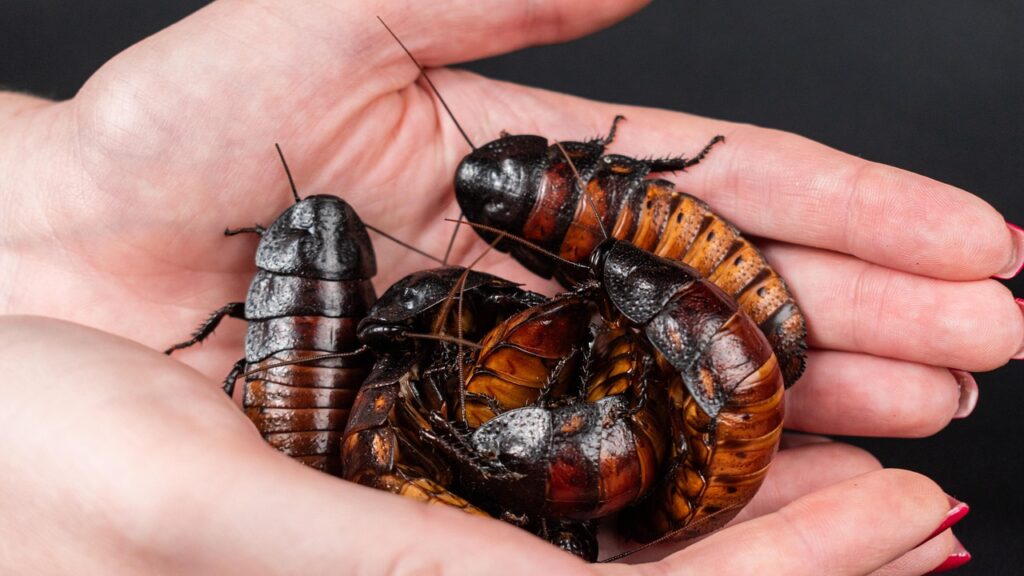
Despite the negative associations many people have with cockroaches, the Madagascar hissing cockroach (Gromphadorhina portentosa) has become a popular pet bug for its impressive size, docility, and distinctive vocal abilities. These insects produce their characteristic hiss by forcing air through specialized breathing tubes called spiracles, creating a sound that can be startling to the uninitiated but fascinating to enthusiasts. Males possess pronounced “horns” on their thorax that they use in competitive pushing contests to establish dominance, providing owners with glimpses of complex social behaviors rarely seen in the insect world. Their relatively long lifespan of 2-5 years makes them more enduring companions than many other invertebrates, allowing owners to develop genuine attachments to these unusual pets. Madagascar hissing cockroaches are also incredibly robust creatures that rarely suffer from health issues, making them ideal for beginners or classroom educational settings.
Millipedes: The Gentle Giants
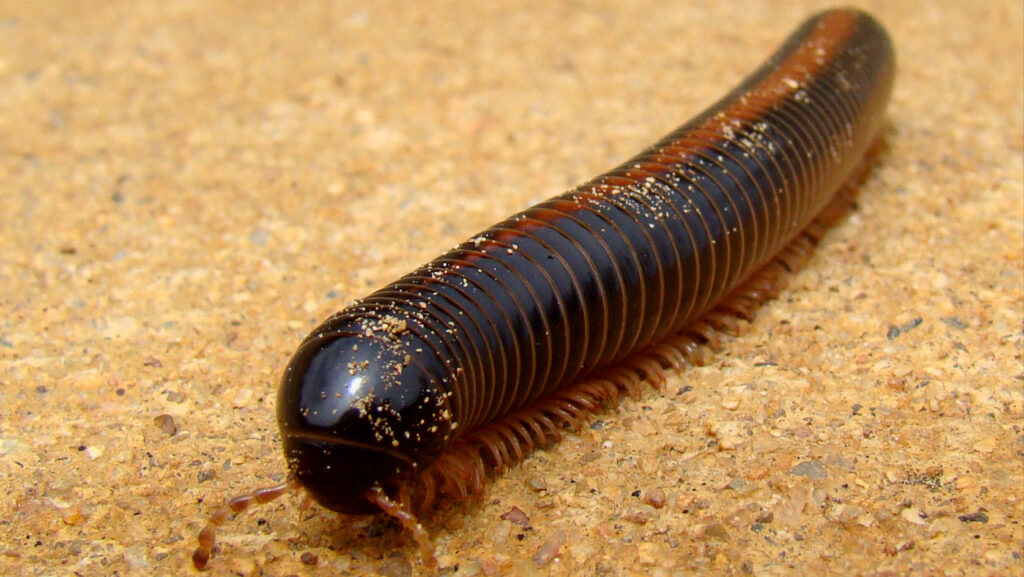
Millipedes have secured their place among popular pet bugs for their peaceful demeanor, impressive size, and fascinating locomotive patterns. Contrary to their name, millipedes don’t actually have a thousand legs, but larger species can sport several hundred, creating a mesmerizing wave-like motion as they traverse their environment. Giant African millipedes (Archispirostreptus gigas), which can reach lengths of up to 11 inches, are particularly sought after by enthusiasts who appreciate their gentle nature and relatively simple care requirements. When threatened, many millipede species roll into a protective spiral and release a defensive secretion that can stain hands temporarily but serves as a reminder to handle them with care. These decomposers play an important ecological role in nature by breaking down decaying plant matter, and pet millipedes will contentedly munch on vegetables, fruits, and leaf litter, making them nature’s tiny recyclers in captivity.
Emperor Scorpions: Intimidating Yet Docile
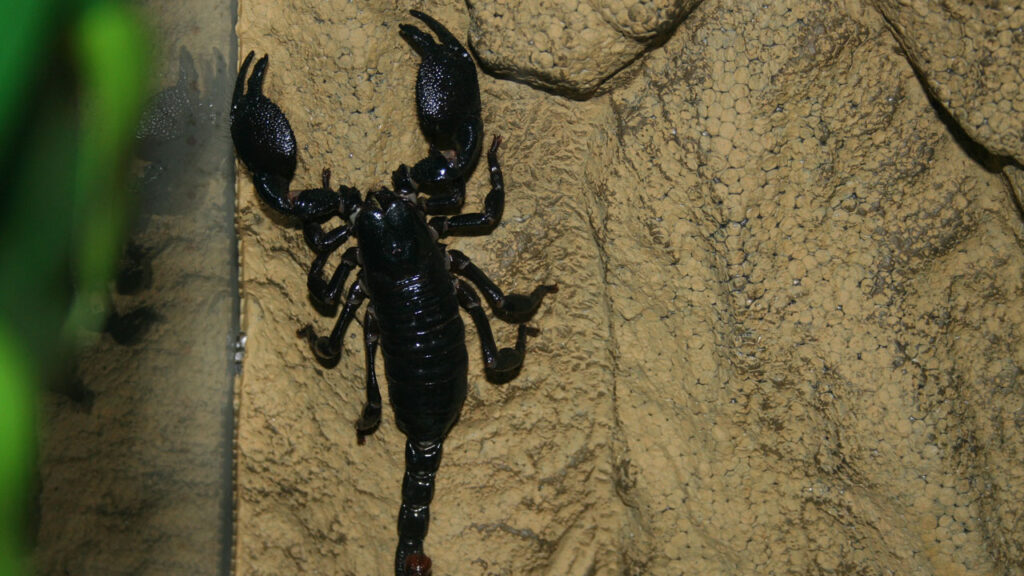
The emperor scorpion (Pandinus imperator) presents a fascinating contradiction as a pet—visually intimidating with its glossy black exoskeleton and impressive pincers, yet surprisingly docile in temperament. These arachnids, native to West African forests, have become popular pets due to their manageable venom (comparable to a bee sting) and impressive size, with adults reaching up to 8 inches in length. Under ultraviolet light, emperor scorpions glow a brilliant blue-green due to compounds in their exoskeleton, providing owners with a spectacular display during nocturnal observation periods. Despite their fearsome appearance, emperor scorpions rarely use their stingers unless severely provoked, preferring instead to grasp potential threats with their powerful but surprisingly gentle pincers. Their complex burrowing behavior is fascinating to observe, as they create elaborate tunnel systems in their substrate that mimic their natural habitats.
Tarantulas: The Colorful Arachnids

Tarantulas have transcended their horror movie stereotype to become one of the most diverse and popular groups of pet invertebrates, with hundreds of species available in the hobby. The Chilean rose hair tarantula (Grammostola rosea) often serves as a “gateway tarantula” for beginners due to its docile nature, relatively slow movement, and forgiving care requirements. More experienced keepers might graduate to species like the electric blue tarantula (Chromatopelma cyaneopubescens) or the Indian ornamental (Poecilotheria regalis), prized for their striking colorations and unique patterns. Many tarantula species exhibit fascinating pre-molting behaviors, including refusing food, creating a special molting mat from silk, and becoming increasingly reclusive before shedding their exoskeletons in a vulnerable but mesmerizing process. Female tarantulas can enjoy remarkably long lifespans, with some species living 20-30 years in captivity, creating the possibility for multi-decade relationships between these arachnids and their dedicated caretakers.
Rhinoceros Beetles: The Feats of Strength
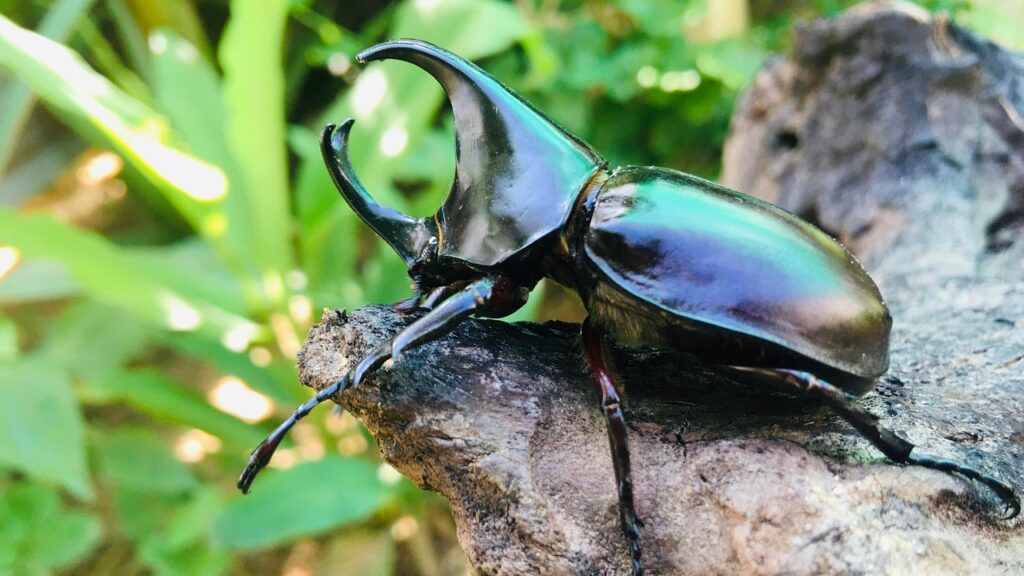
Rhinoceros beetles have captured the imagination of bug enthusiasts worldwide with their impressive horns and extraordinary strength relative to their size. These beetles, particularly popular in Asian countries like Japan, can lift objects up to 850 times their own body weight, making them proportionally among the strongest animals on Earth. Males use their distinctive horns in competitive wrestling matches to win mating rights, providing captive keepers with front-row seats to these remarkable displays of beetle strength and determination. In Japan, rhinoceros beetle fighting has developed into a cultural pastime, with enthusiasts breeding specimens for size and horn development much like horse racing enthusiasts might select for speed and endurance. Their complete metamorphosis from egg to larva to pupa to adult provides a fascinating educational opportunity, though keepers must be patient—the larval stage alone can last 1-3 years depending on the species, with the adult stage ironically being much shorter.
Assassin Bugs: The Stealthy Hunters
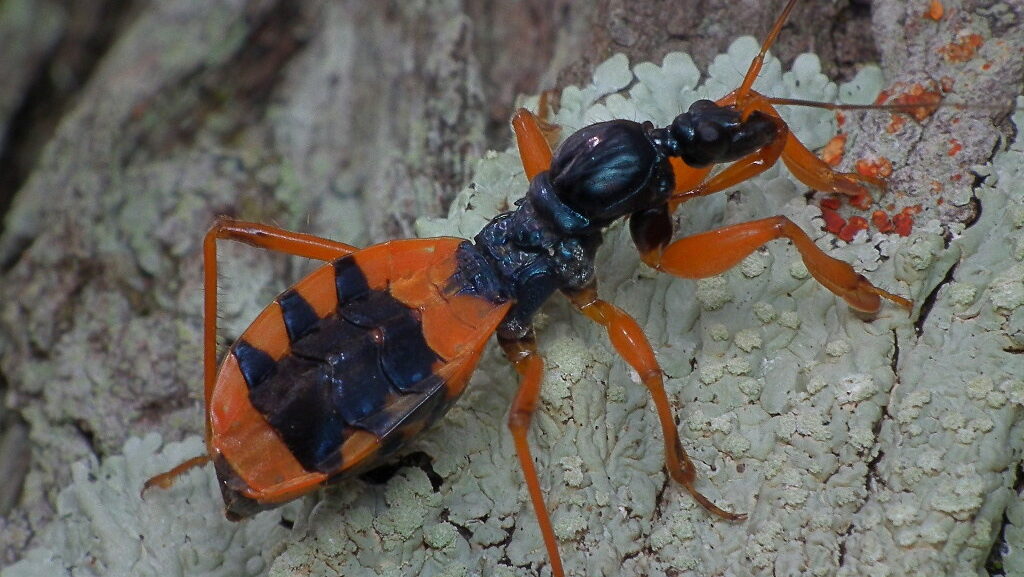
Assassin bugs have earned their place among popular pet invertebrates for their remarkable hunting strategies and distinctive appearance. These predatory true bugs use their specialized mouthparts, called a rostrum, to inject prey with a powerful enzyme cocktail that liquefies internal tissues before sucking them out—a process sometimes witnessed in captivity when feeding. The wheel bug (Arilus cristatus), recognizable by the distinctive cog-like crest on its thorax, is especially sought after by enthusiasts who appreciate its prehistoric appearance and efficient hunting abilities. Assassin bugs demonstrate impressive patience when hunting, often remaining motionless for extended periods before launching lightning-fast attacks on unsuspecting prey. While they make fascinating pets for observation, care must be taken during handling as their defensive bite can be quite painful to humans, delivering the same digestive enzymes used to subdue their prey.
Orchid Mantises: Living Flowers

The orchid mantis (Hymenopus coronatus) represents the pinnacle of evolutionary mimicry and has become highly coveted in the pet bug community for its extraordinary beauty and specialized hunting strategy. These remarkable insects have evolved to perfectly mimic orchid flowers, with flattened, petal-like legs and bodies ranging from white to vibrant pink depending on their environment and diet. Unlike many ambush predators that attempt to hide from their prey, orchid mantises employ aggressive mimicry, actually attracting pollinators that mistake them for flowers before capturing these unsuspecting visitors. Their hunting strategy involves patience of remarkable proportions, sometimes remaining perfectly still in their flower-like pose for days while waiting for suitable prey to approach. Female orchid mantises display extreme sexual dimorphism, growing much larger than males and sometimes engaging in sexual cannibalism—a behavior that, while disturbing to some keepers, represents a fascinating evolutionary strategy where the male’s final contribution to his offspring may be as nutrition for their mother.
Atlas Moths: Gentle Giants of the Sky

Atlas moths (Attacus atlas) have captivated insect enthusiasts with their breathtaking wingspan of up to 12 inches, making them among the largest moths in the world. These magnificent insects feature distinctive wing tips that resemble snake heads, a suspected adaptation to deter potential predators through mimicry. While their adult lifespan lasts only 1-2 weeks due to their lack of functional mouthparts, the entire lifecycle from egg to adult provides an extraordinary journey for patient keepers. Raising these moths from caterpillars allows owners to witness the creation of their impressive cocoons, which in some cultures are harvested for their silk before the moths emerge. Despite their imposing size, Atlas moths are completely harmless, lacking the ability to bite or sting, and move with a surprisingly delicate, fluttering motion that belies their substantial dimensions. Their short adult lifespan creates a bittersweet experience for keepers, who witness magnificent beauty that exists only briefly—a living reminder of nature’s ephemeral wonders.
Giant Water Bugs: Aquatic Ambushers

Giant water bugs (family Belostomatidae) have developed a dedicated following among aquatic invertebrate enthusiasts for their impressive size and remarkable predatory behaviors. These formidable insects, sometimes called “toe-biters” due to their painful bite, can grow up to 4.5 inches long and are capable of subduing prey items significantly larger than themselves, including fish, amphibians, and even small snakes or turtles. Perhaps their most fascinating behavior involves their reproductive strategy, where in many species the females cement their eggs to the males’ backs, forcing fathers to carry and care for the developing offspring until they hatch. Their specialized front legs function as powerful grasping appendages, allowing them to seize prey with remarkable speed before delivering a potent digestive enzyme through their beak-like rostrum. When kept in captivity, these accomplished swimmers require spacious aquariums with appropriate places to surface for air, as they breathe through a snorkel-like appendage extended from their posterior end.
Vinegaroons: The Whip Scorpions
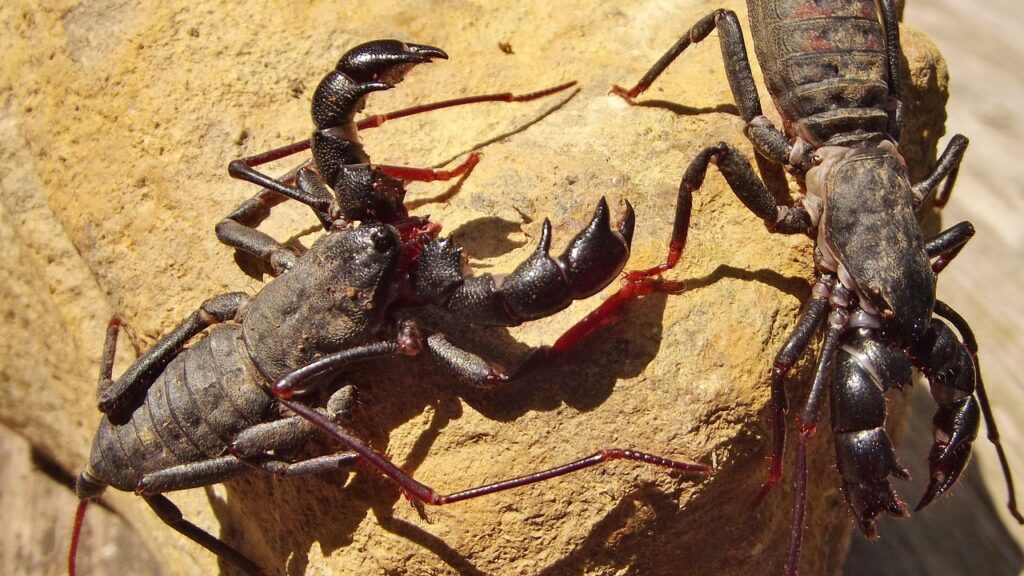
Vinegaroons, also known as whip scorpions, have carved out a unique position in the invertebrate hobby with their prehistoric appearance and fascinating defensive mechanism. Despite their intimidating look, these arachnids are relatively docile and rely primarily on their ability to spray a vinegar-like substance (containing acetic acid) from their rear when threatened—a behavior that gave rise to their common name. Their most distinctive feature is the thin, antenna-like extension that develops from their front pair of legs, which they use as sensory organs to navigate their environment and locate prey in a behavior reminiscent of blind people using a cane. Vinegaroons are primarily nocturnal hunters that use their powerful pedipalps (front appendages) to crush prey before consuming it with their smaller feeding appendages. Female vinegaroons display remarkable maternal behavior, carrying their eggs in a special membrane beneath their abdomen and then caring for the hatched young for several weeks—a level of parental investment relatively rare among arachnids.
Ethical Considerations in Bug Keeping

The growing popularity of invertebrates as pets necessitates serious consideration of the ethical implications surrounding their collection, breeding, and care. Wild-caught specimens can potentially impact local ecosystems if over-collected, making captive-bred individuals a more sustainable choice for responsible keepers. Providing appropriate habitats that allow natural behaviors is essential for the wellbeing of these creatures, even if they don’t express distress in ways readily recognizable to humans. Many experienced bug keepers emphasize the importance of research before acquisition, as the needs of different species can vary dramatically in terms of temperature, humidity, diet, and social requirements. The invertebrate hobby also faces unique challenges regarding the release of non-native species, as even well-meaning owners might not recognize the devastating ecological impact an introduced species could have if released into an environment without natural controls. Ethical bug keeping ultimately requires a commitment to both the individual animal’s welfare and broader ecological responsibility—balancing the fascination these creatures inspire with the obligation to care for them properly throughout their lives.
The world of pet bugs offers a fascinating glimpse into evolutionary adaptations, specialized behaviors, and the remarkable diversity of invertebrate life. From the mesmerizing camouflage of stick insects to the powerful hunting strategies of mantises and the gentle giants of the insect world, these tiny companions provide unique opportunities to observe natural behaviors up close. As the invertebrate hobby continues to grow, so too does our understanding of these often-overlooked creatures and their complex lives. Whether you’re drawn to the prehistoric appearance of vinegaroons, the delicate beauty of orchid mantises, or the industrious nature of beetles, the world of pet bugs offers endless fascination for those willing to look beyond conventional companions. These tiny animals may have small brains, but their behaviors, adaptations, and evolutionary success stories have much to teach us about the diversity of life on our planet.
